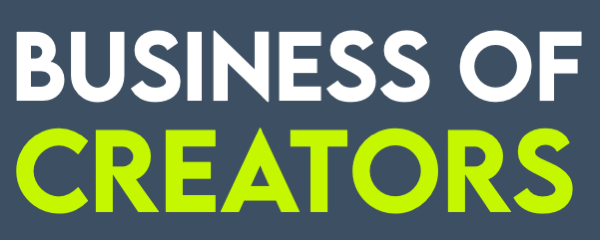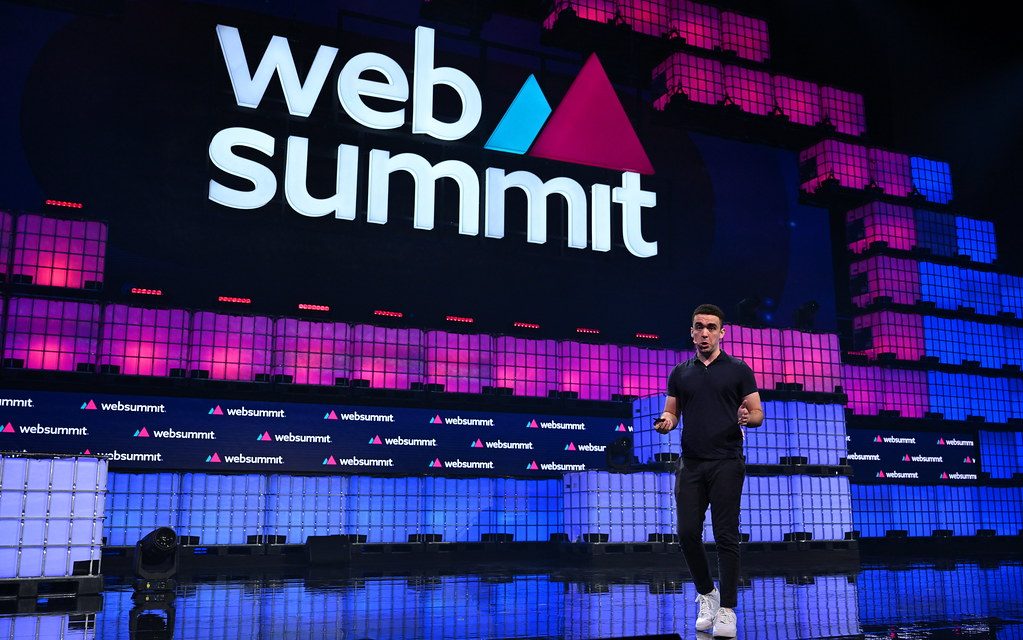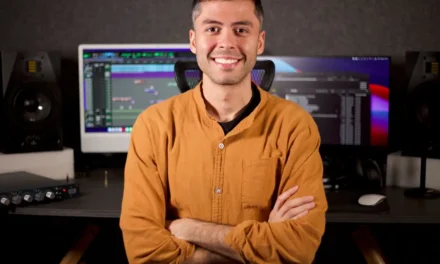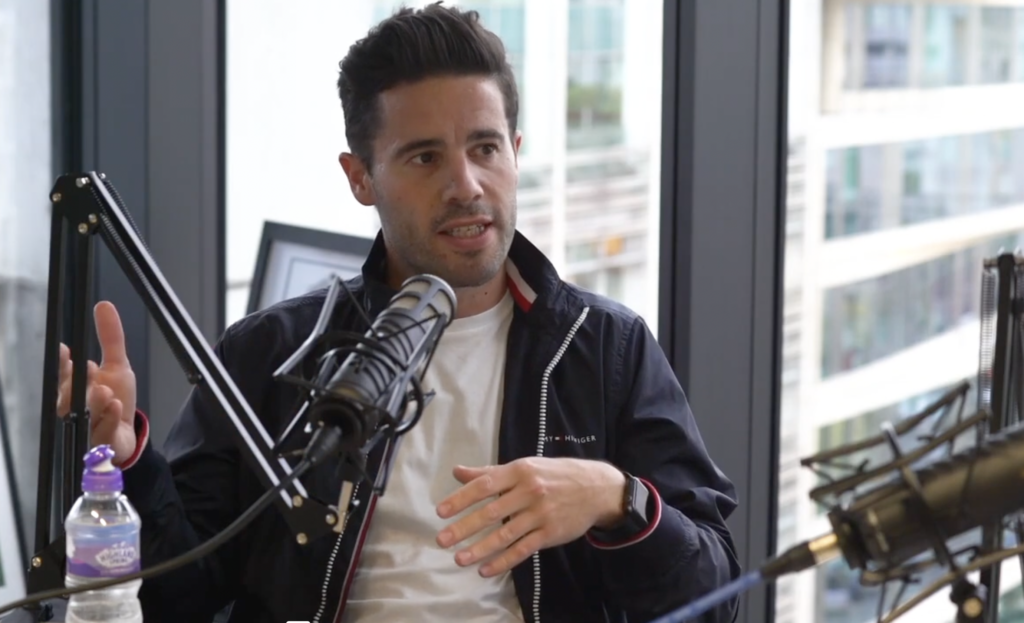From Zoom calls during the pandemic to 350+ college campuses and $40 million in funding, Fizz is redefining what social media means for Gen Z.
The Birth of a New Kind of Social Network
When Teddy Solomon arrived at Stanford in 2020, the world—and campus life—was in chaos. COVID had forced students online, turning college from a bustling social ecosystem into a series of lonely Zoom breakout rooms. But instead of accepting this new normal, Solomon had an idea: what if there was a better way for students to connect—one built around authenticity, anonymity, and hyper-local community?
That question led to the creation of Fizz, a private, campus-specific social media app that’s now live on over 350 college campuses in the U.S., making it the number one Gen Z app for college life.
Fizz isn’t just another social network. It’s a platform where users can post anonymously, trade memes, ask questions, talk about dining hall food, or sell a couch—all within a verified student community.
“It’s the 99% of your life that doesn’t make it to Instagram or TikTok,” Solomon says. “Fizz is about real life.”
From a Dorm Idea to a National Phenomenon
Fizz began with a pandemic-era pivot. Solomon, then a Stanford freshman, found himself organizing a “bubble” in Scottsdale, Arizona, where dozens of fellow students moved to simulate college life together. Amid that environment, he saw a gap in the digital landscape.
Instagram was too curated. Group chats were too silent. Students needed a space to be real—without pressure.
He and co-founder Ashton Cofer began building the first version of Fizz: a stripped-down feed for verified college students to post within their campus bubble. Early growth came from grassroots hustle—hand-delivering flyers at 6 a.m., recruiting users door-to-door, and testing product updates on live housemates.
“By the end of our first launch day at Stanford, we were already blowing up,” Solomon recalls.
The Power of Anonymity and Shared Identity
At the core of Fizz is a belief that anonymity, used responsibly, can foster real connection. Users can post as themselves, with a handle, or anonymously. But crucially, everyone is verified via a .edu email—so the context stays tight-knit and local.
Fizz has flipped the traditional content creation pyramid on its head. Where most platforms see 1% of users post, Fizz sees 30% of weekly actives contributing content.
That’s due in part to its peer moderation model. Instead of outsourcing moderation, Fizz trains student volunteers who understand campus-specific culture—like knowing that “Ariaga sucks” is about dining hall food, not a student. Combined with AI, the platform now handles over 80% of guideline violations automatically.
Scaling Without Spending
Fizz’s growth strategy is refreshingly old-school: no paid marketing, no influencer campaigns.
“We don’t spend a dollar on marketing anymore,” says Solomon. “The product spreads through word of mouth.”
Instead, Solomon has personally visited over 220 campuses, embedding himself in student life to collect feedback and build community. In the early days, he even snuck 1,000 donuts onto Pepperdine’s campus to help launch. (Campus security chased him off.)
Today, expansion happens through inbound demand—students request Fizz at their school, and the team makes it happen. With viral growth mechanisms and product-led expansion, Fizz is adding dozens of campuses a month.
What Thrives on Fizz?
The content that performs best falls into two broad categories: utility and humor.
Students ask for class advice, post memes about their professors, or crowdsource opinions about parties, jobs, and relationships. It’s real-time, real-talk, and hyper-relevant. Think Reddit meets Yik Yak meets Craigslist—filtered through the unique lens of campus culture.
And while Fizz isn’t built for influencers in the traditional sense, it still has local legends.
“Some students become known for posting motivational messages every morning,” Solomon explains. “They’re Fizzfluencers. But no one knows who they are.”
From Local to Global: Fizz’s New Chapter
Fizz’s original design was siloed: each school had its own closed network. But now, the app is entering a new phase—cross-community connection.
Over the past year, the team rebuilt the feed to support personalized recommendations across campuses with shared traits. Ivy League students now see content from other Ivies. Urban students in different cities can connect around city life. A newly launched global feed helps users tap into shared identity beyond geography—without sacrificing the intimacy of their local community.
The results? A 50% spike in daily active users, near-doubled engagement time, and explosive content creation.
“We’ve built a global social product that’s retentive,” Solomon says. “That’s incredibly rare.”
Rethinking Social Media—And Monetization
Fizz isn’t trying to be another Instagram or TikTok. In fact, Solomon argues that those platforms have evolved beyond “social media” into pure entertainment.
Fizz, by contrast, is offline-first. It reflects what’s actually happening in the dorms, dining halls, and lecture rooms. Case in point: they once used the app to bring 600 students to a physical store event on campus—without spending a cent.
Monetization has followed suit. Fizz recently started experimenting with premium, user-benefiting ads from companies like Quizlet and Perplexity AI. No intrusive banners—just exclusive deals relevant to college students.
And there’s more potential down the line: jobs, events, maybe even a premium marketplace.
“We’ve already brought in significant revenue without a monetization team,” Solomon says. “But we’re just getting started.”
Beyond College: What’s Next for Fizz?
While college campuses are still Fizz’s core, the app is now expanding to Gen Z users beyond higher education. That includes the 70–90% of students at some universities who don’t finish their degrees—but still crave connection.
Fizz’s long-term vision? To be the Gen Z social platform—built around real experiences, not highlight reels.
“The person who never leaves their dorm should have the same voice as the top frat president,” Solomon says. “That’s the future of social.”
Final Thoughts
At just 23, Teddy Solomon has done what few founders ever manage: build a social product with both scale and soul. Fizz isn’t just another app. It’s a movement—toward honesty, community, and a new definition of what it means to be social online.
And with momentum accelerating, a massive college footprint, and a loyal user base hungry for more, Fizz might just be the most important social app Gen Z has ever seen.






